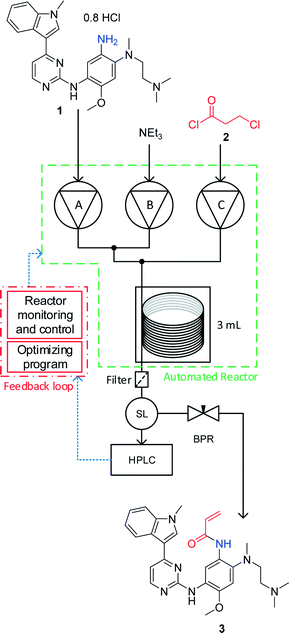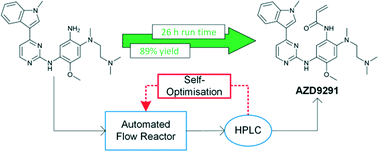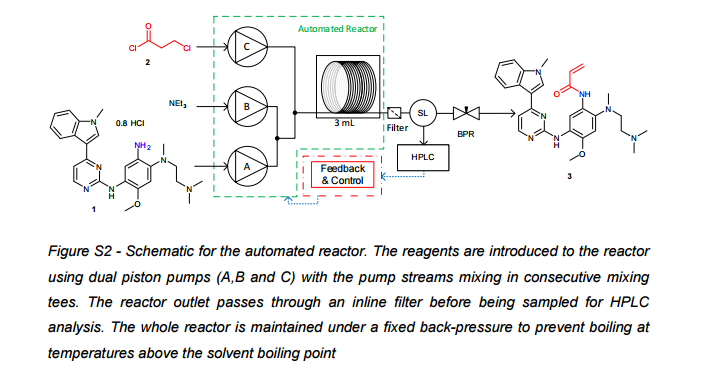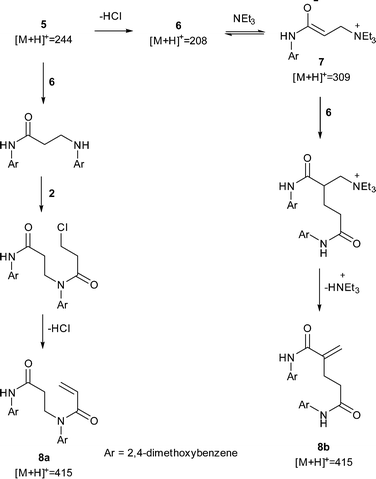 .
.1H NMR
Compounds containing a sulfur–fluoride bond are receiving escalating attention in both the chemical and the biological literature. The need to activate the S–F bond through formation of a hydrogen bond in the presence of a proximal nucleophile forms the basis for sulfonyl fluorides to be utilized as privileged biocompatible orthogonal electrophiles in biological systems. Arvidsson at the Karolinska Institute and his co-workers at the University of KwaZulu-Natal reported an efficient, ligand-free, and additive free Suzuki–Miyaura coupling that is compatible with an aromatic sulfonyl fluoride moiety ( J. Org. Chem. 2016, 81, 2618). After extensive optimization studies, mild reaction conditions were identified that minimized hydrolysis of the aromatic sulfonyl fluoride. Palladium acetate was the most effective catalyst, and utilization of triethylamine as the base afforded the highest yield. The reaction was conducted in water as solvent, at room temperature. These mild reaction conditions were compatible with a variety of functional groups on the boronic acid, including: nitro, chloro, fluoro, nitrile, and ethers. The desired biaryl sulfonyl fluorides were obtained in good-to-excellent yields.
19 F NMR
 .
.On-Water Synthesis of Biaryl Sulfonyl Fluorides
† Catalysis
and Peptide Research Unit, University of
KwaZulu-Natal, Durban, 4041, South Africa
‡ Science
for Life Laboratory, Drug Discovery & Development Platform &
Division of Translational Medicine and Chemical Biology, Department
of Medical Biochemistry and Biophysics, Karolinska Institutet, SE-171 21 Stockholm, Sweden
J. Org. Chem., 2016, 81 (6), pp 2618–2623
DOI: 10.1021/acs.joc.5b02770
*E-mail: per.arvidsson@scilifelab.se.
http://pubs.acs.org/doi/abs/10.1021/acs.joc.5b02770
GC MS
HR MS

Praveen Kumar
Research experience












 Open Access
Open Access





